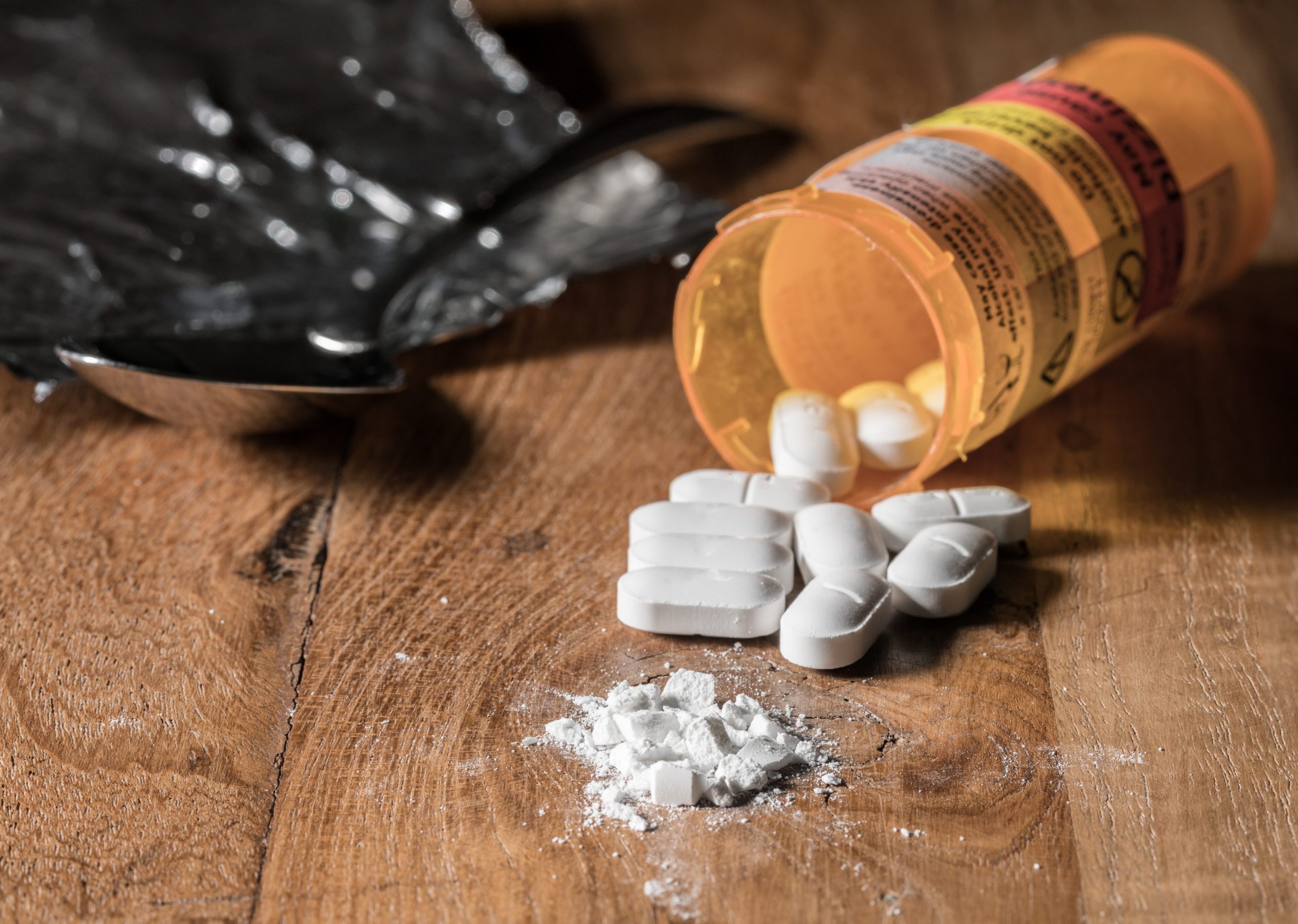We’ve all turned on the television or seen the headlines online about the opioid epidemic. This epidemic has wide-ranging implications for public health and the economy. Examining the opioid crisis statistics helps us to better understand the epidemic, how we got here, and who might be at the highest risk.
The Centers for Disease Control and Prevention’s (CDC) research indicates that 128 people die every day from overdosing on opioids in the United States. The CDC also estimates that the opioid crisis costs the United States over $78 billion per year in healthcare costs, lost productivity, addiction treatment, and criminal justice system costs. Evolve Indy is here to help you navigate the opioid crisis in whatever way it has affected you and your loved ones.
What Are Opioids?
Opioids are a class of drugs; some opioids are legal, and some are not. Oxycodone, hydrocodone, codeine, and morphine are examples of legal opioids available by prescription. Often prescribed for pain, opioids can also be prescribed to reduce coughing in a respiratory illness or prevent diarrhea. Heroin is an illegal opioid, whereas fentanyl can be found in both legal and illegal forms. All opioids are chemically related. Opioids can be addictive because of how they work. By binding to opioid receptors on cells in the brain, spinal cord, and other organs, opioids stop feelings of pain and create feelings of pleasure by releasing dopamine. Long-term use of opioids can lead to tolerance, dependence, and addiction.
Why Is Opioid Use a Crisis?
The opioid crisis has developed over a lengthy period. Pharmaceutical companies had previously assured physicians that patients would not become addicted to prescription opioid pain relievers. Based on this information, physicians began prescribing these pain relievers more freely during the 1990s. Few patients received education about the risk of becoming addicted to opioids or the importance of storing them securely. Without understanding the risks of using opioids, many patients used them without caution and found themselves dependent on the drugs. Others did not store the drugs properly, which enabled their teenage children or other family members to access the drugs. Compounding these issues, we had very little monitoring of opioid prescriptions, allowing individuals to obtain opioid prescriptions from more than one physician.
Prescription opioids can be taken safely for a limited time, but patients must understand their risks. The euphoria that accompanies pain relief can easily lead to misuse, dependence, addiction, and overdose. By withholding the addictive nature of opioids from the medical community, pharmaceutical companies such as Purdue placed profits before people. While opioids have impacted people across all races, genders, and socioeconomic groupings, some special populations have been more impacted. More likely to have chronic pain, women are also more likely to be prescribed pain relievers more often and for more extended periods. Additionally, women can become dependent on prescription painkillers more rapidly than men. Adolescents also found themselves facing opioid addiction, both from increased prescriptions and the co-opting of their family’s prescription opioids.
Researchers have found that four out of five heroin users started out misusing prescription painkillers. Because heroin and prescription opioids are chemically-related, some found themselves turning to heroin because they need more drugs than they could get through a prescription. Others turned to heroin because of the cost of prescription opioids or a physician cutting off the medications. The use of heroin is even riskier and potentially lethal because there is no dosing, the potency may vary, and other drugs such as fentanyl may be mixed in. In 2015, the leading cause of accidental death was drug overdose. Those numbers have begun to decrease, but there is still much work to be done to address the opioid crisis.
Fight Opioid Addiction at Evolve Indy
If you, or your loved one, has a problem with opioids, Evolve Indy is here to help. We have programs to meet the needs of you or your loved ones. Our programs include a Partial Hospitalization Program (PHP), an Intensive Outpatient Program (IOP), Outpatient Addiction Treatment (OP), Community Housing, and Family Therapy Addiction Treatment. We offer treatment for teens and adults. Contact us today to see how we can best support you and your loved ones.

